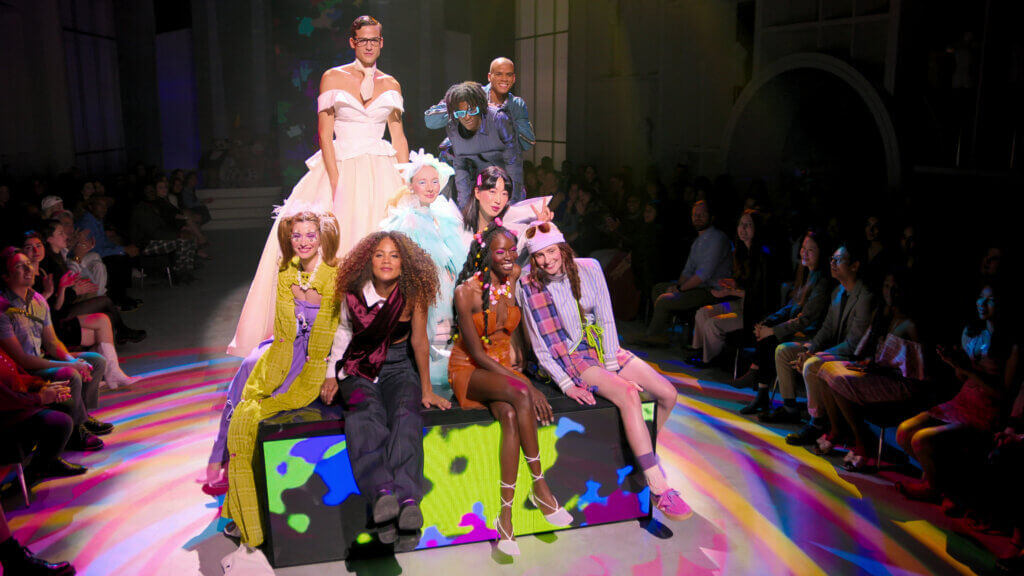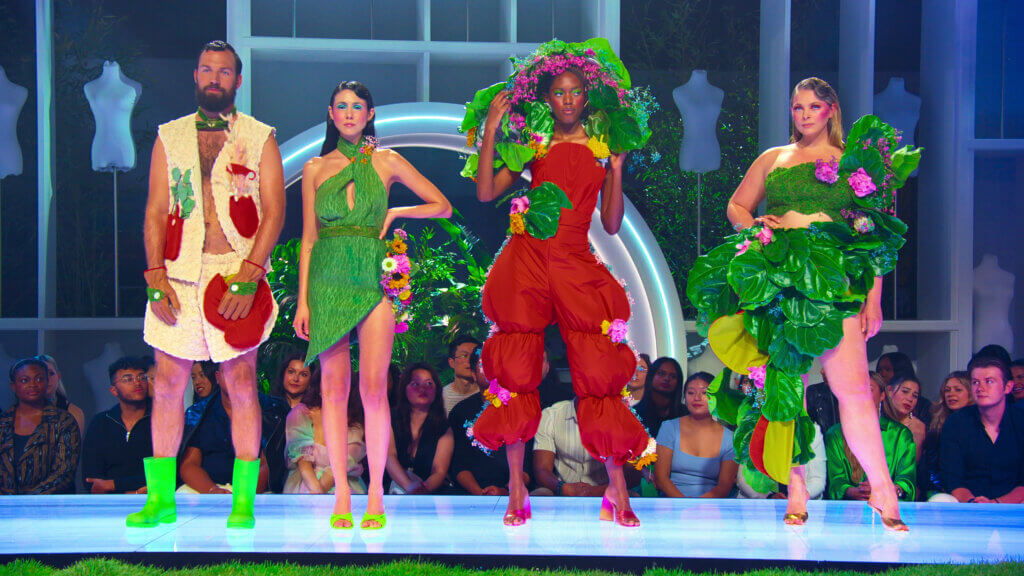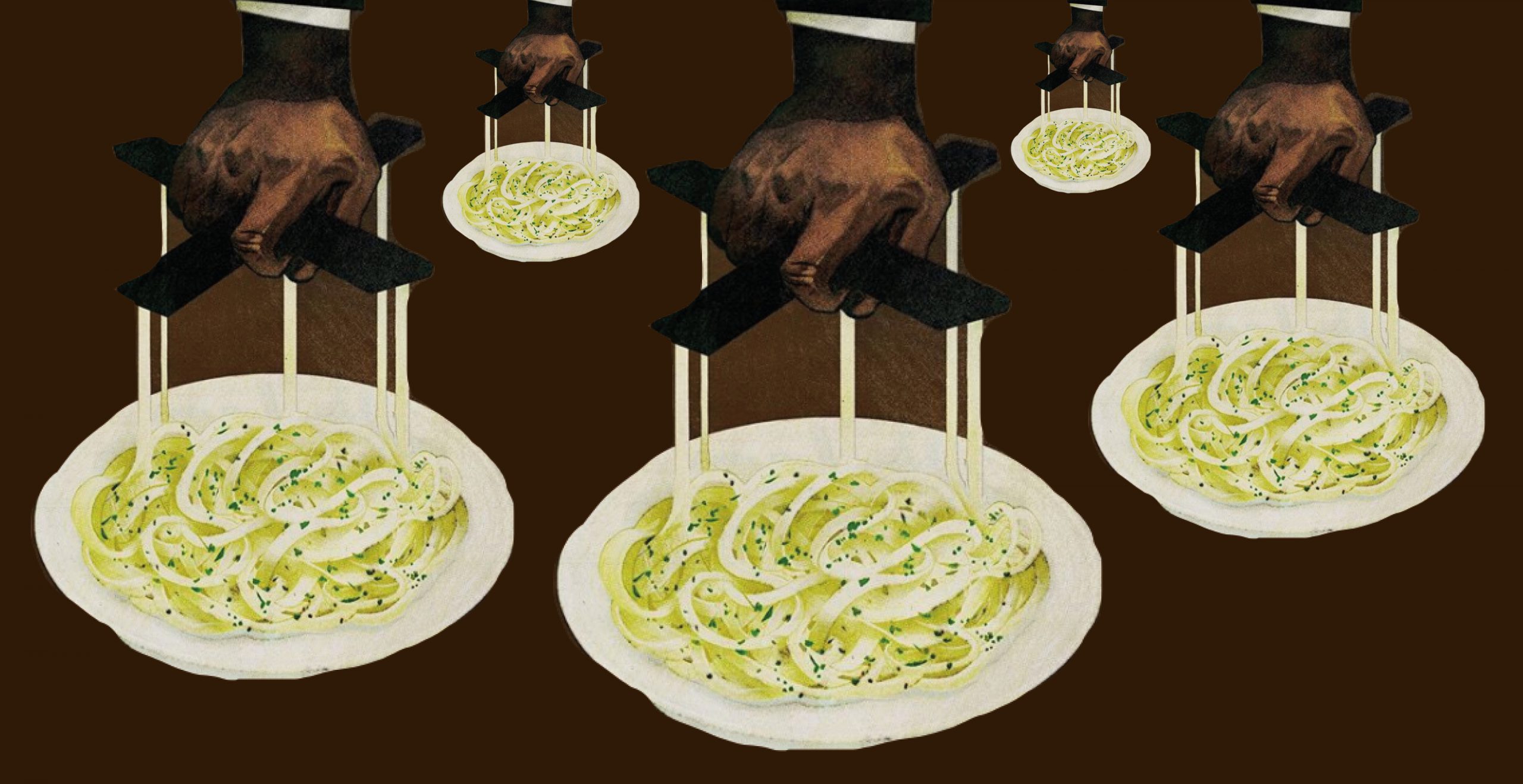Netflix unveiled the highly anticipated second season of Next in Fashion on 3rd March. This gripping reality competition showcases the talents of 12 fashion designers as they engage in a fierce battle for victory. Each episode presents a unique theme, pushing the designers to create stunning looks within a tight timeframe before showcasing them on the runway. With an esteemed panel of judges including Tan France and Gigi Hadid, and guest appearances by notable personalities like Bella Hadid, Hailey Bieber, Emma Chamberlain, and the iconic Donatella Versace, the stakes are undeniably high.
The ultimate prize awaiting these aspiring fashion moguls is an extraordinary opportunity: a grand cash prize of $250,000 and the chance to launch their very own collection on the prestigious luxury fashion platform, Net-a-Porter.
Following the captivating catwalk event, Tan France, Gigi Hadid, and their celebrity counterparts diligently evaluate the designs to determine the standout creations. Contestants face a diverse range of challenges, from crafting garments using unconventional materials such as flowers and denim to creating outfits inspired by their own childhood photographs. As the competition progresses, the tension intensifies, culminating in a finale where the remaining three contestants must curate an awe-inspiring runway show featuring eight extraordinary ensembles, all vying for the illustrious title.

While Next in Fashion undoubtedly delivers an addictive and captivating viewing experience, it inadvertently brings to light a significant quandary within the fashion industry at large. The show’s very title hints at the perpetual quest for “the next big thing,” a pursuit that exposes a critical issue. In each episode, the presenter tantalizingly hints at the quest for the ultimate breakthrough, which has become a standard trope in reality television. However, what does “next in fashion” truly mean? Surprisingly, it does not encompass timeless collections or designs that transcend fleeting trends but resonate with the masses through sustainable materials and masterful craftsmanship.
Instead, the show often showcases squeaky-clean ensembles crafted from synthetic fabrics like lycra and polyester, lacking the ingenuity that one might expect. With a limited preparation window of just 10 hours, the designers find themselves compelled to prioritize speed over craftsmanship and sustainability. Ironically, these supposedly groundbreaking designs often fail to truly innovate, relying instead on familiar motifs such as dramatic silhouettes and bold cut-outs.

Next in Fashion entices viewers to revel in a blissful state of ignorance, perpetuating the fashion industry’s affinity for superficiality and disregard for its environmental impact. In a world where fashion is a leading contributor to CO2 emissions and landfill waste, the pursuit of “the next big thing” seems misguided at best.
It is crucial to emphasize that this critique does not target the show itself or the young designers participating in it. Rather, it underscores the systemic flaws within the fashion industry, perpetually yearning for more without a clear understanding of what “more” truly entails.



























